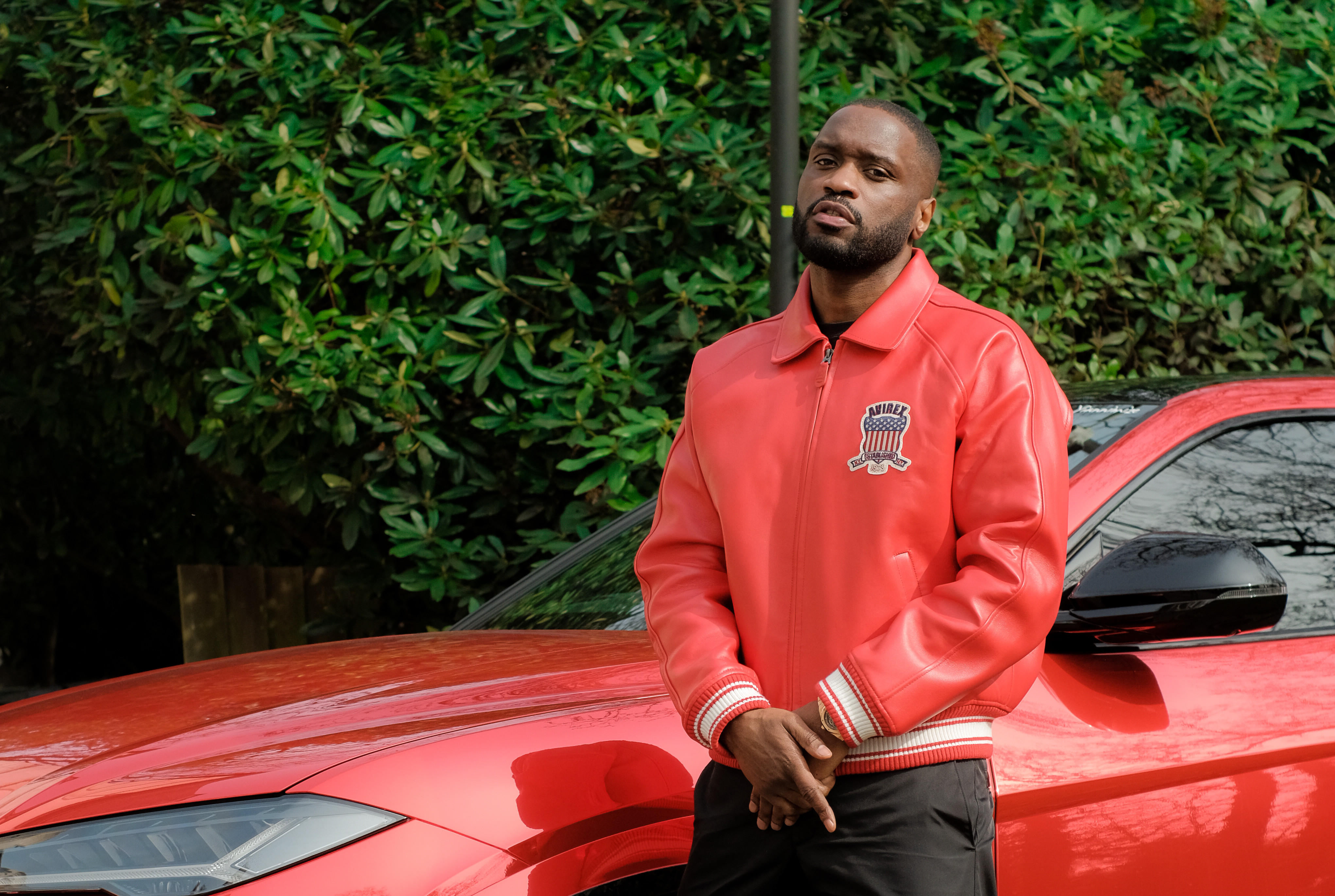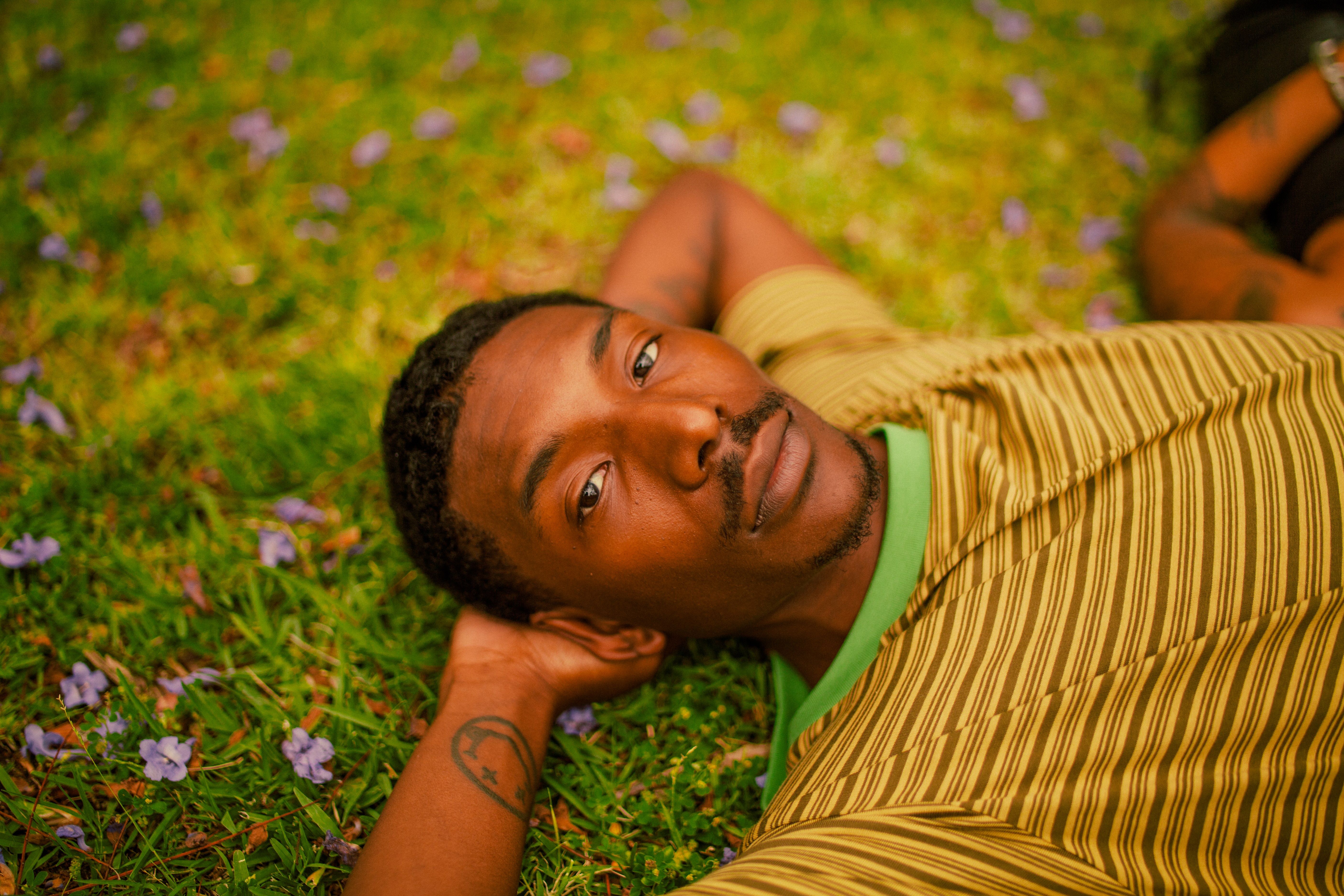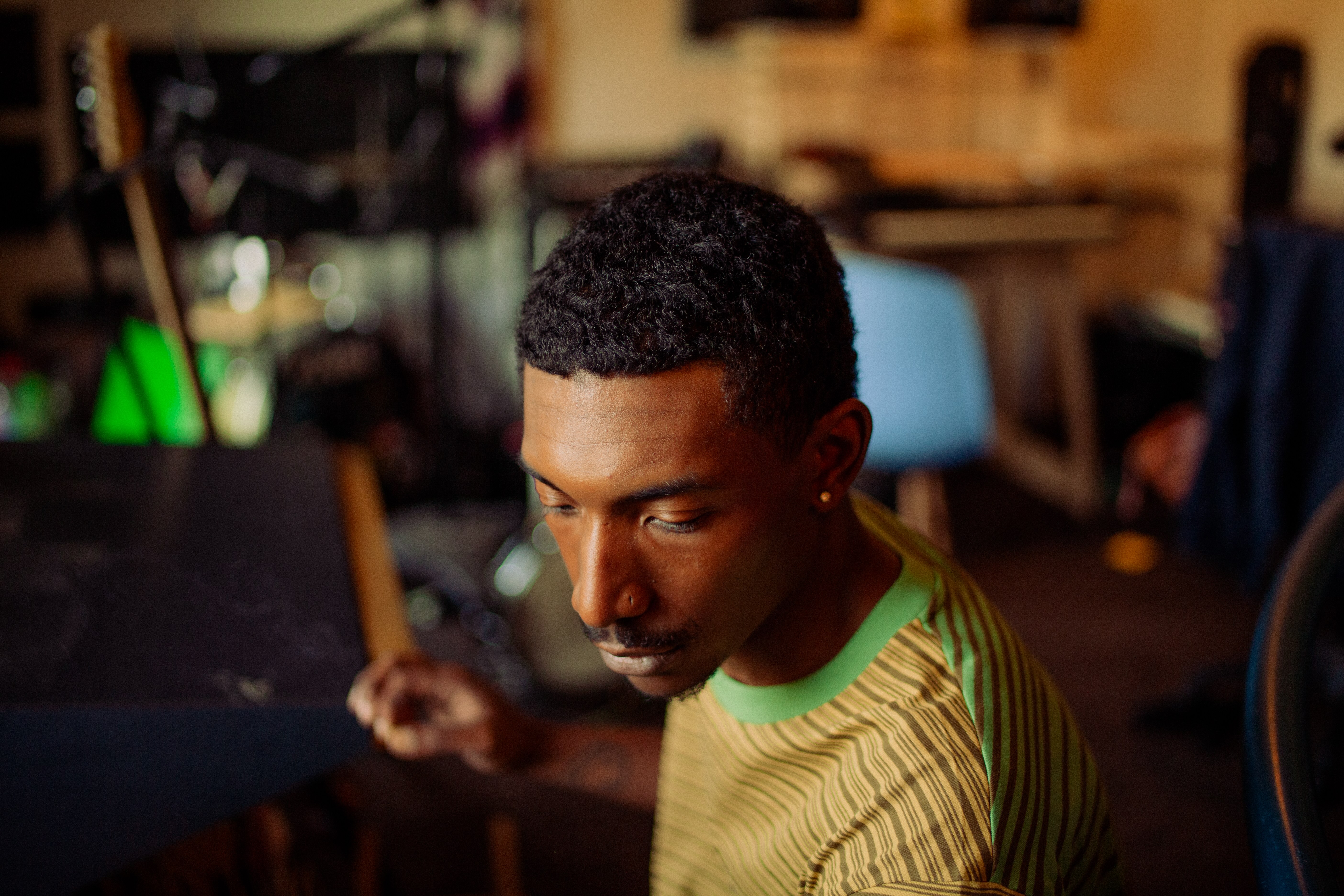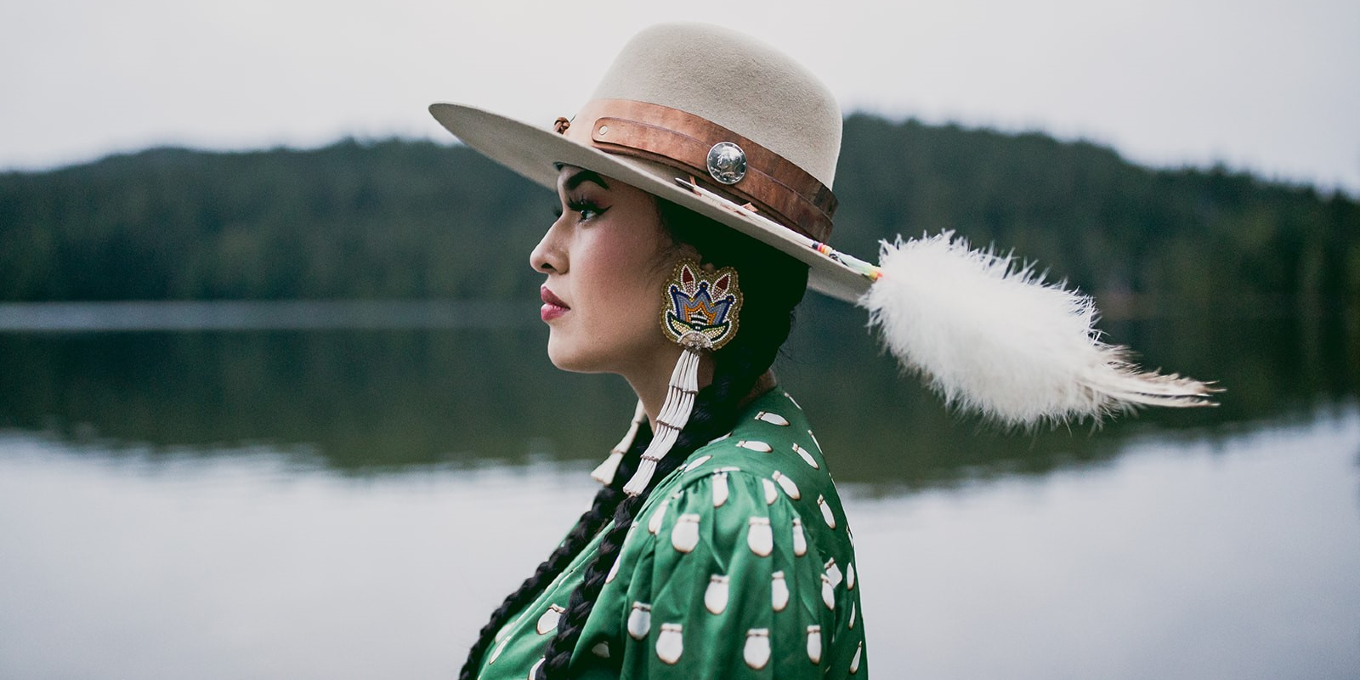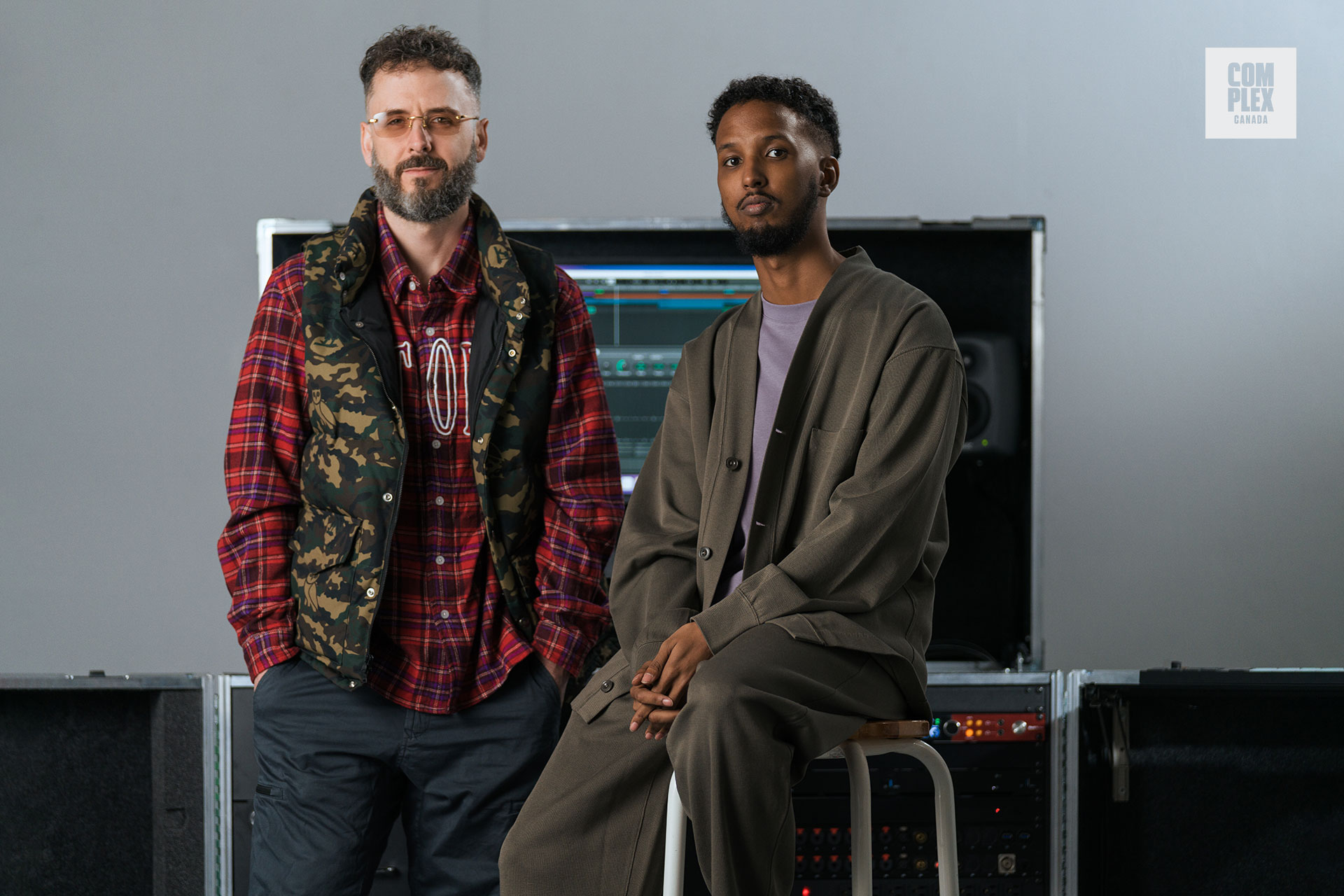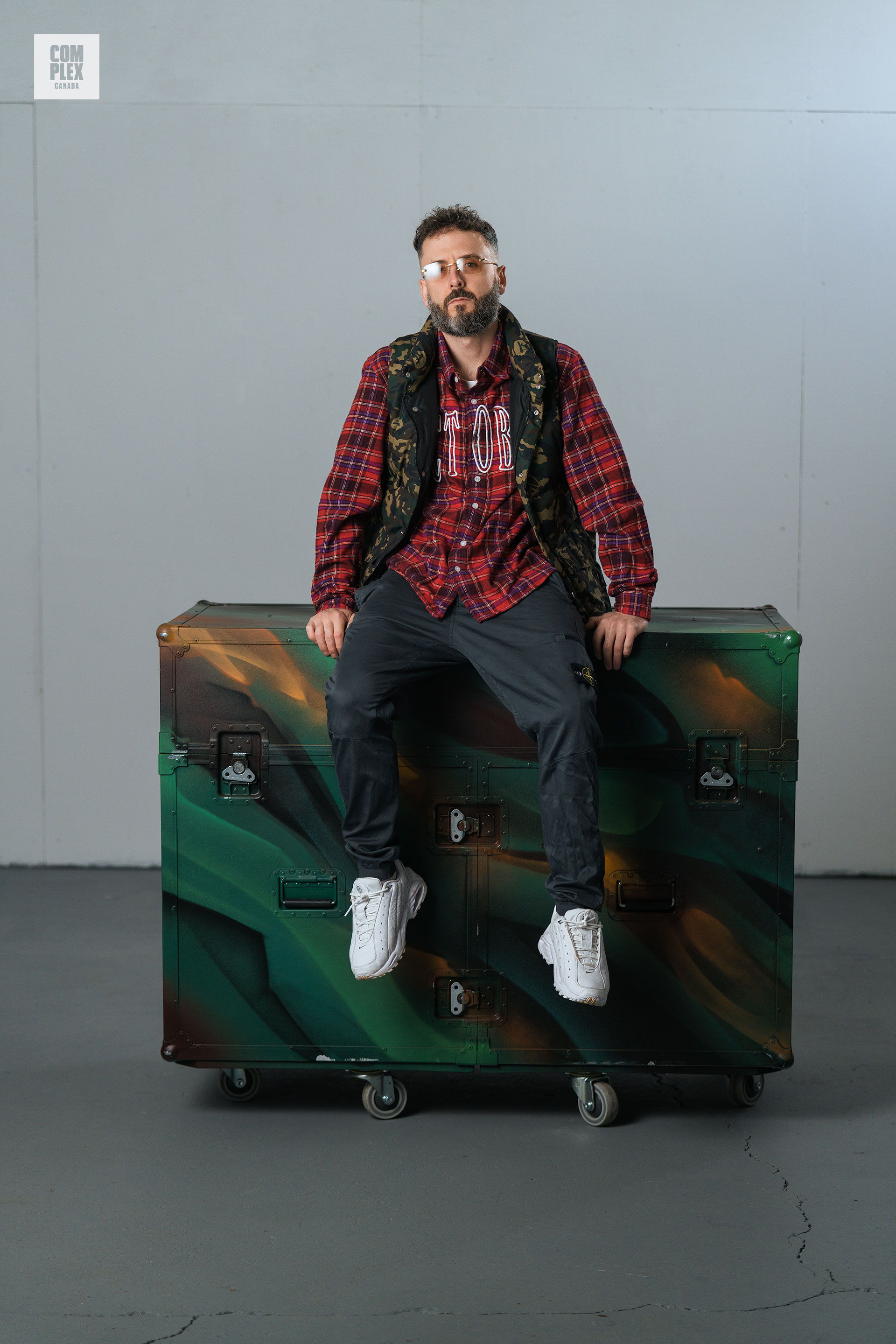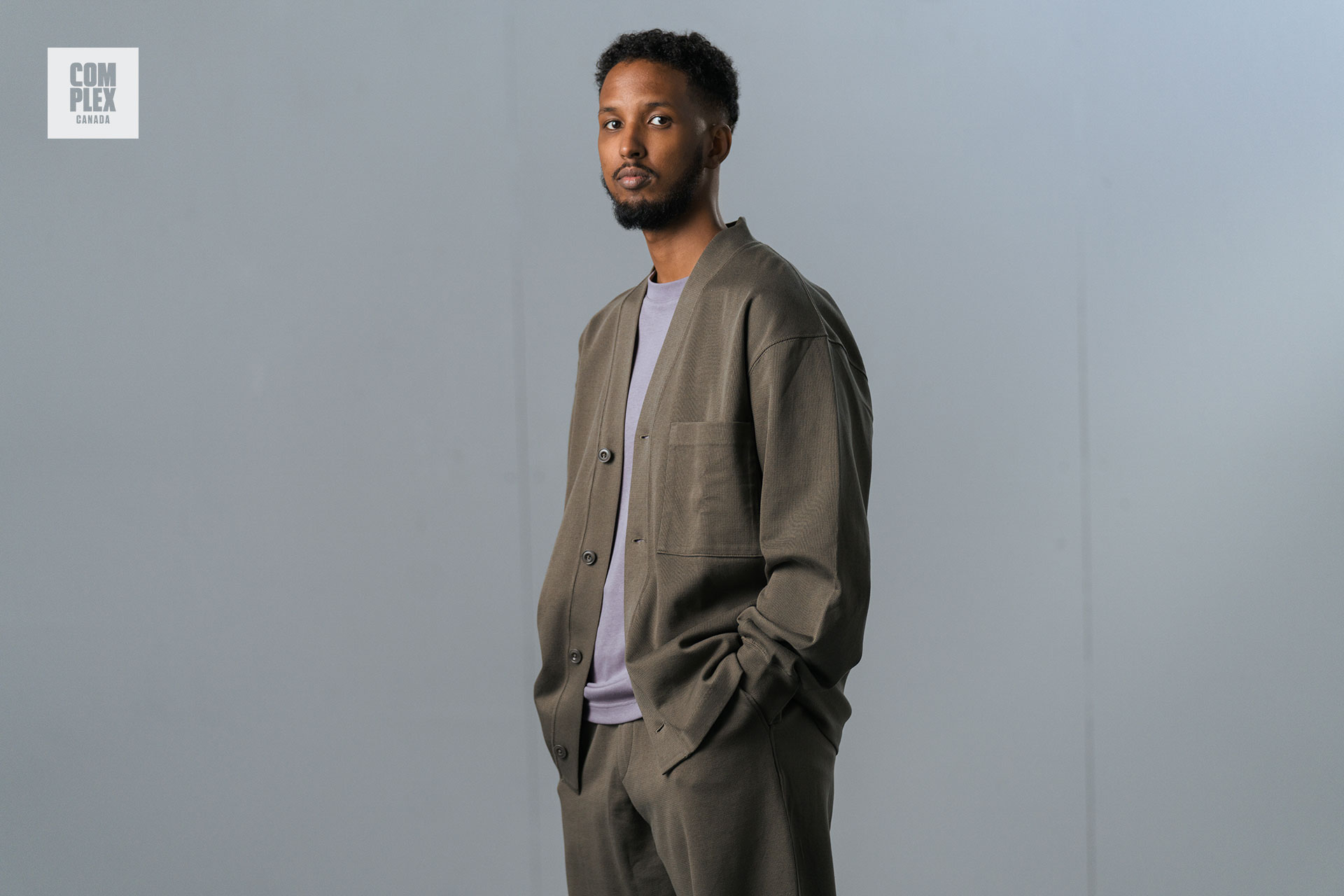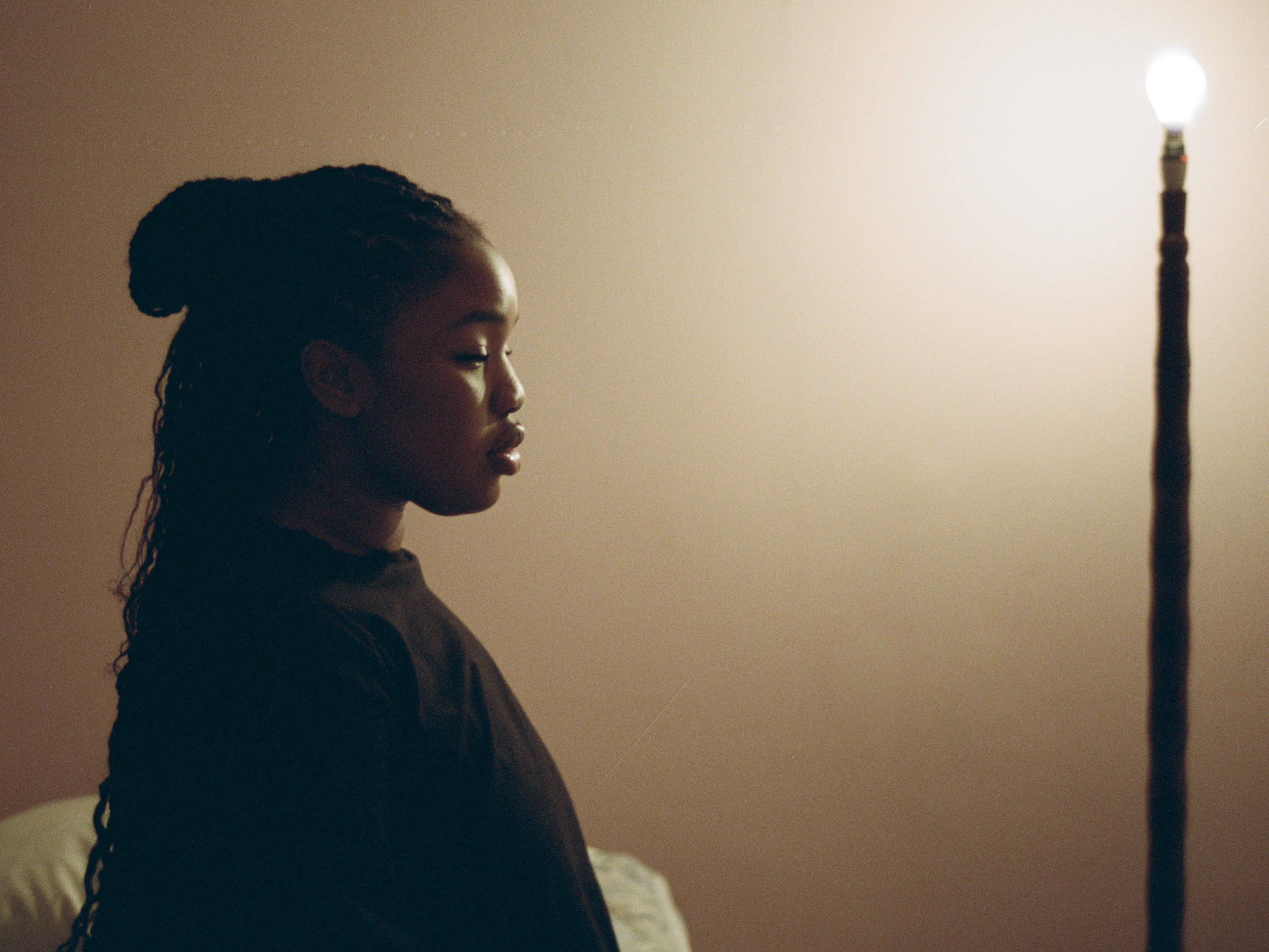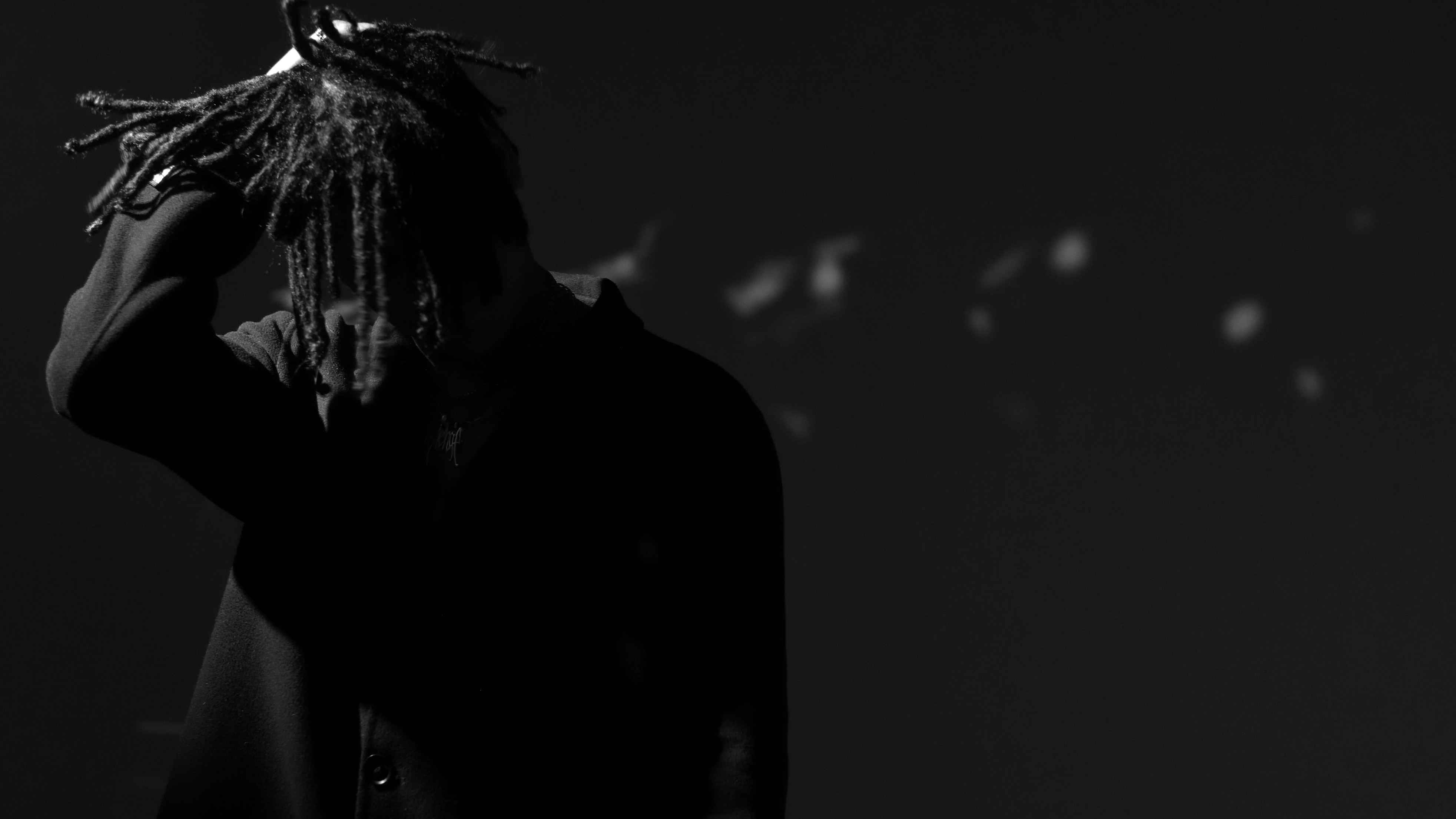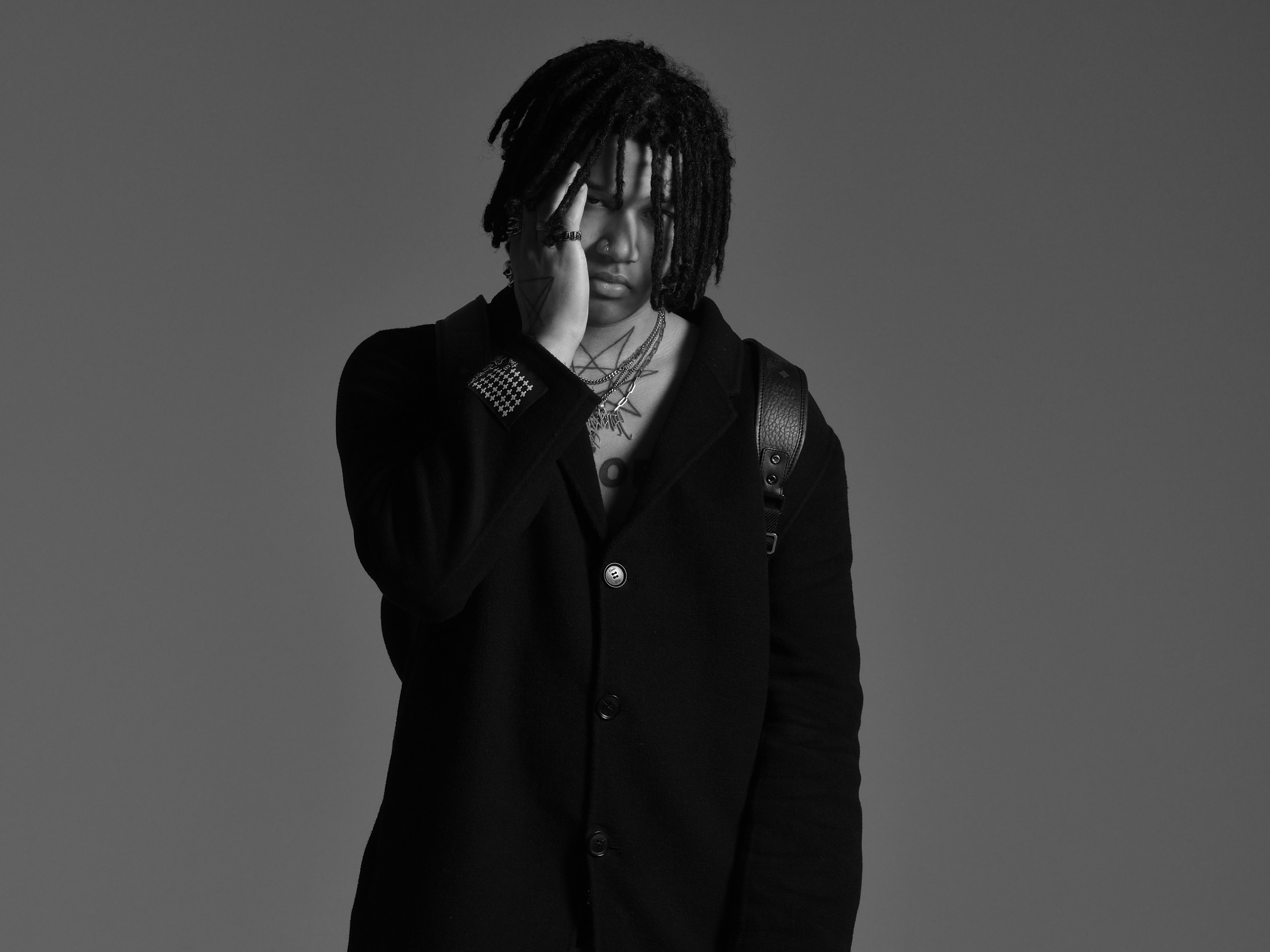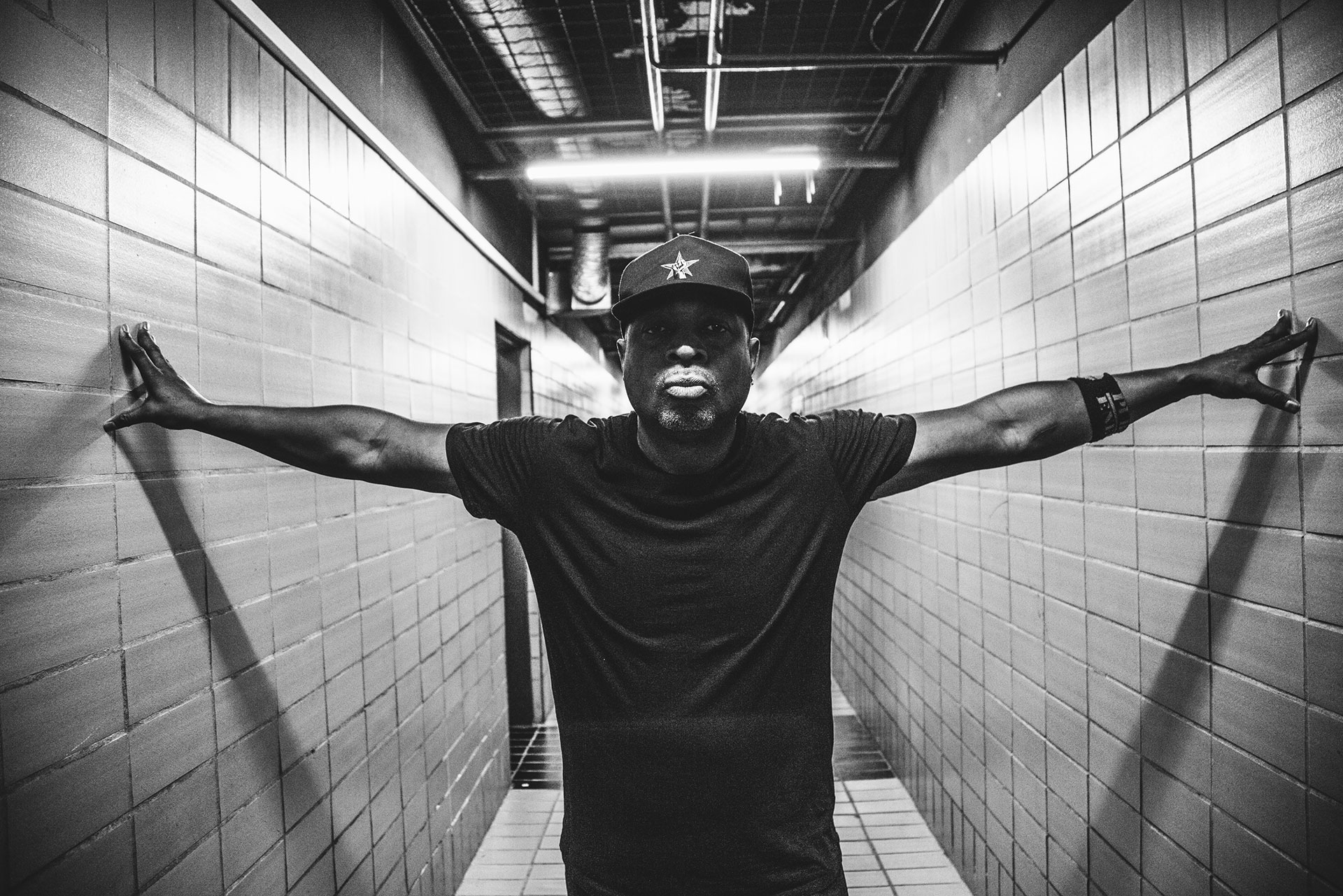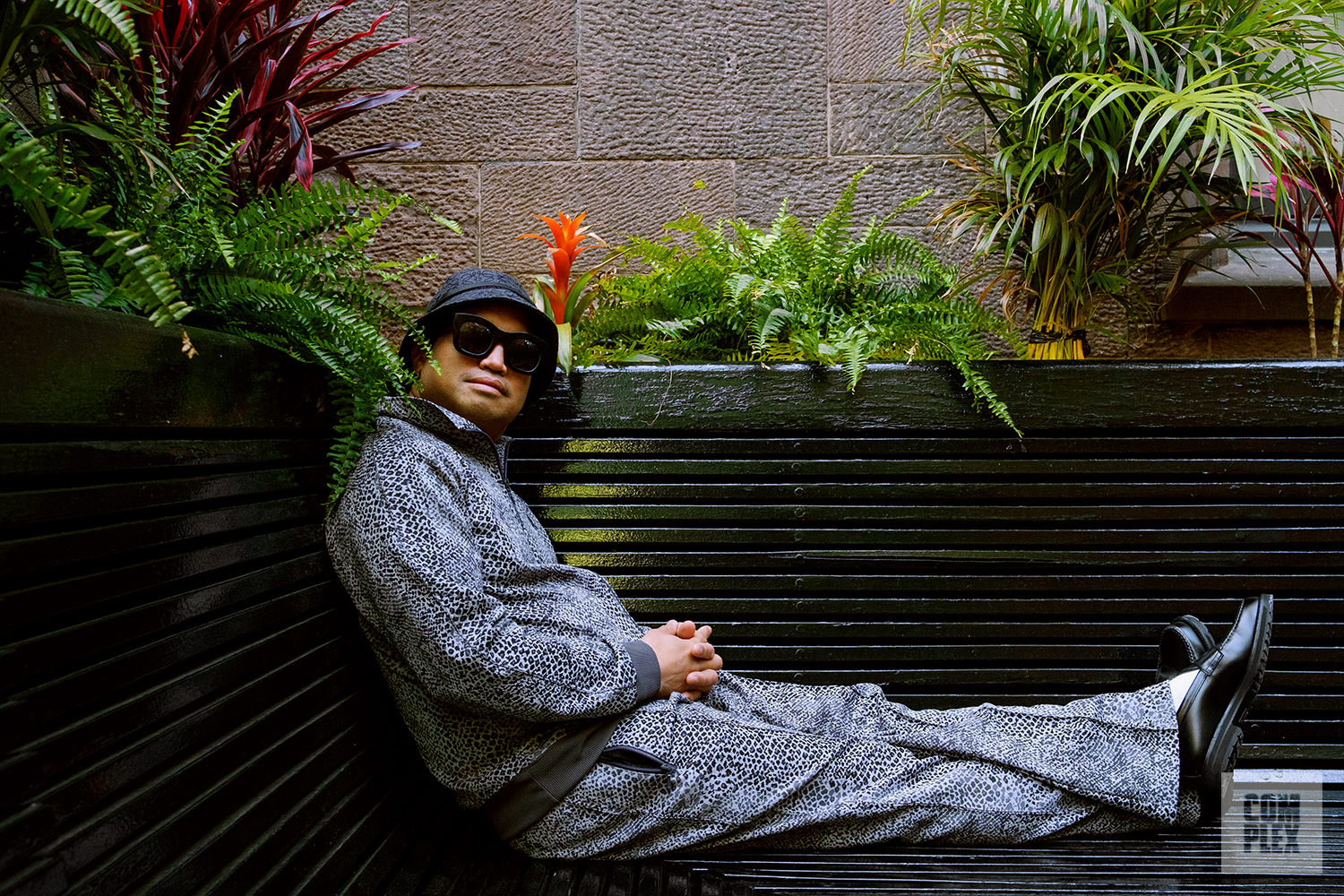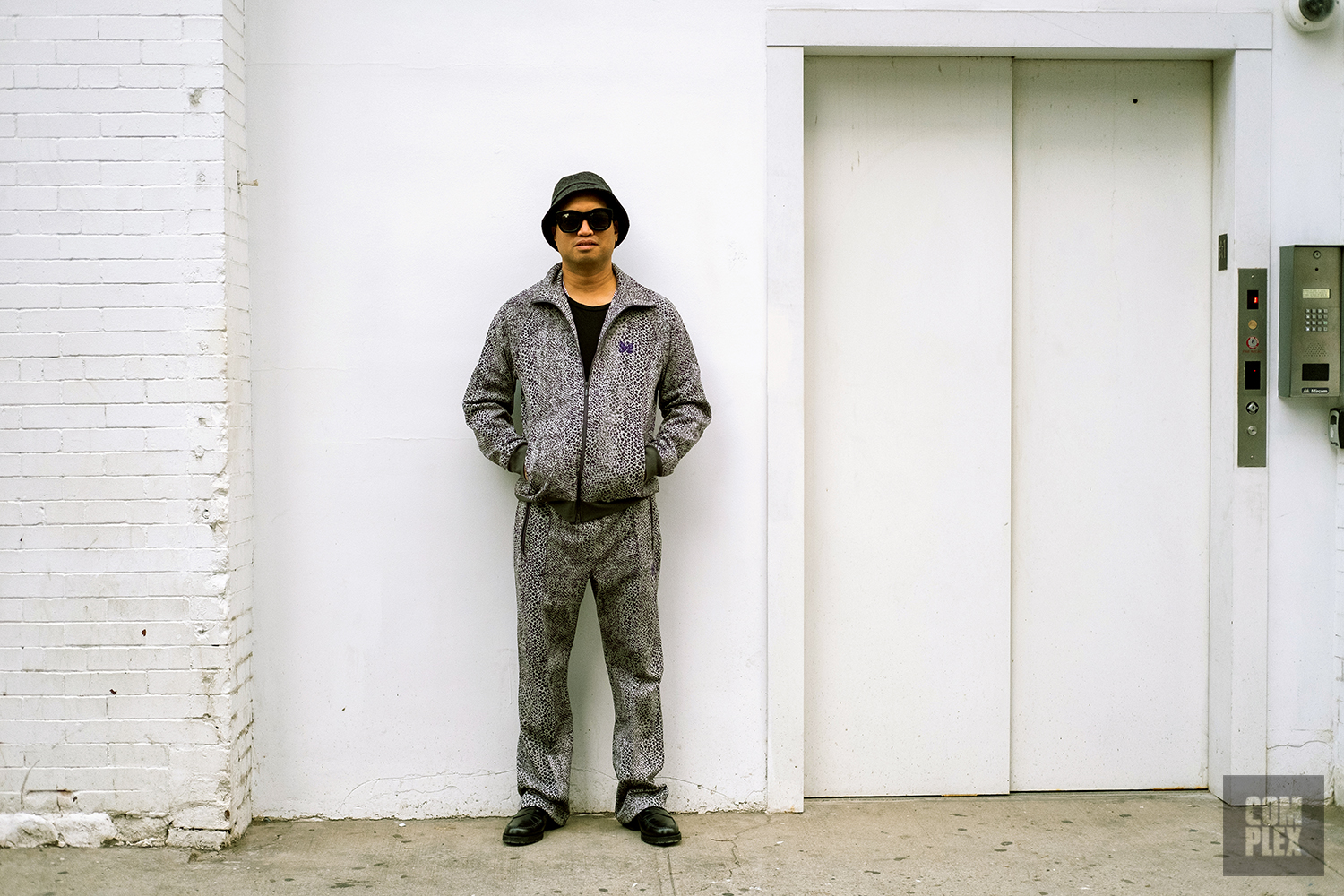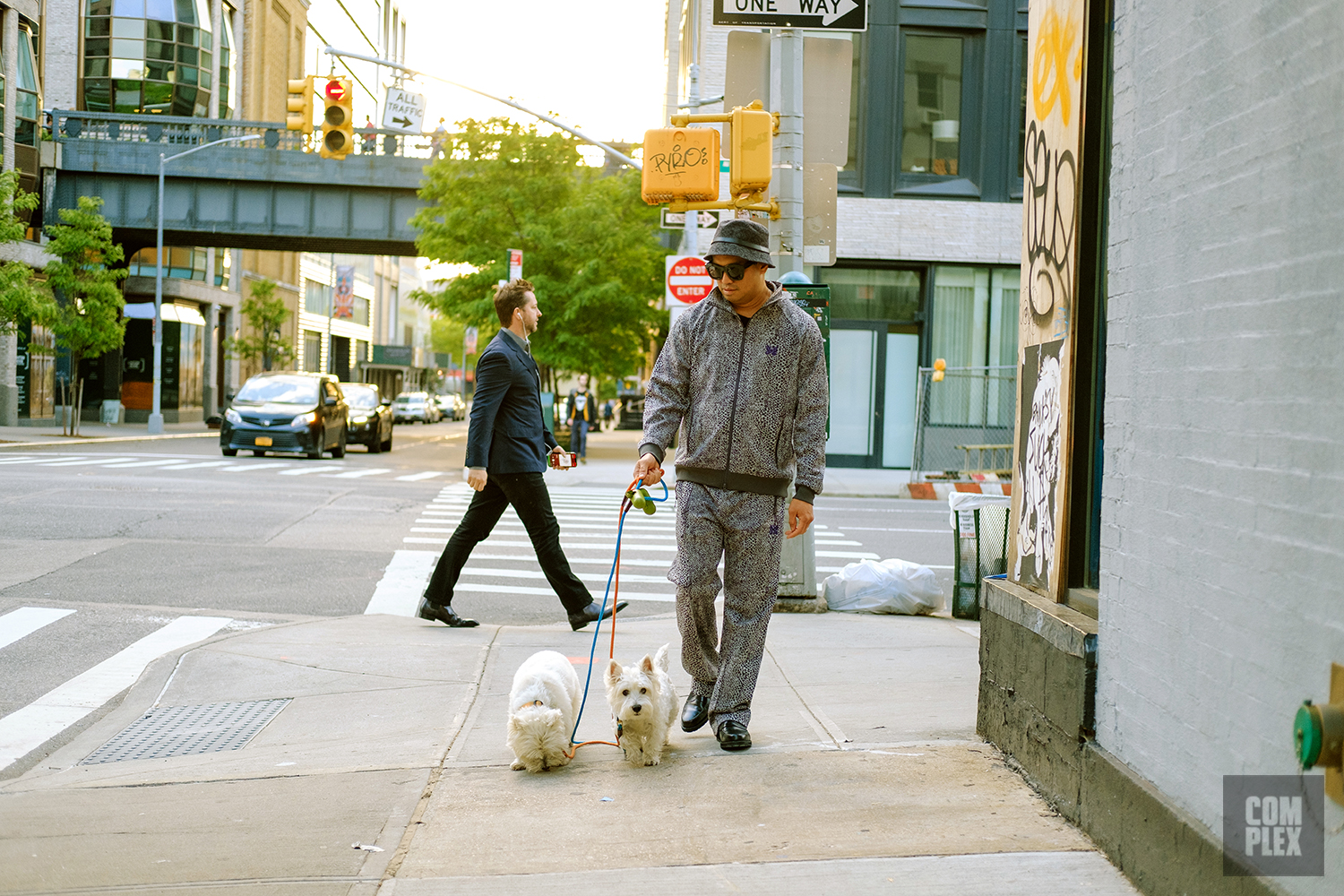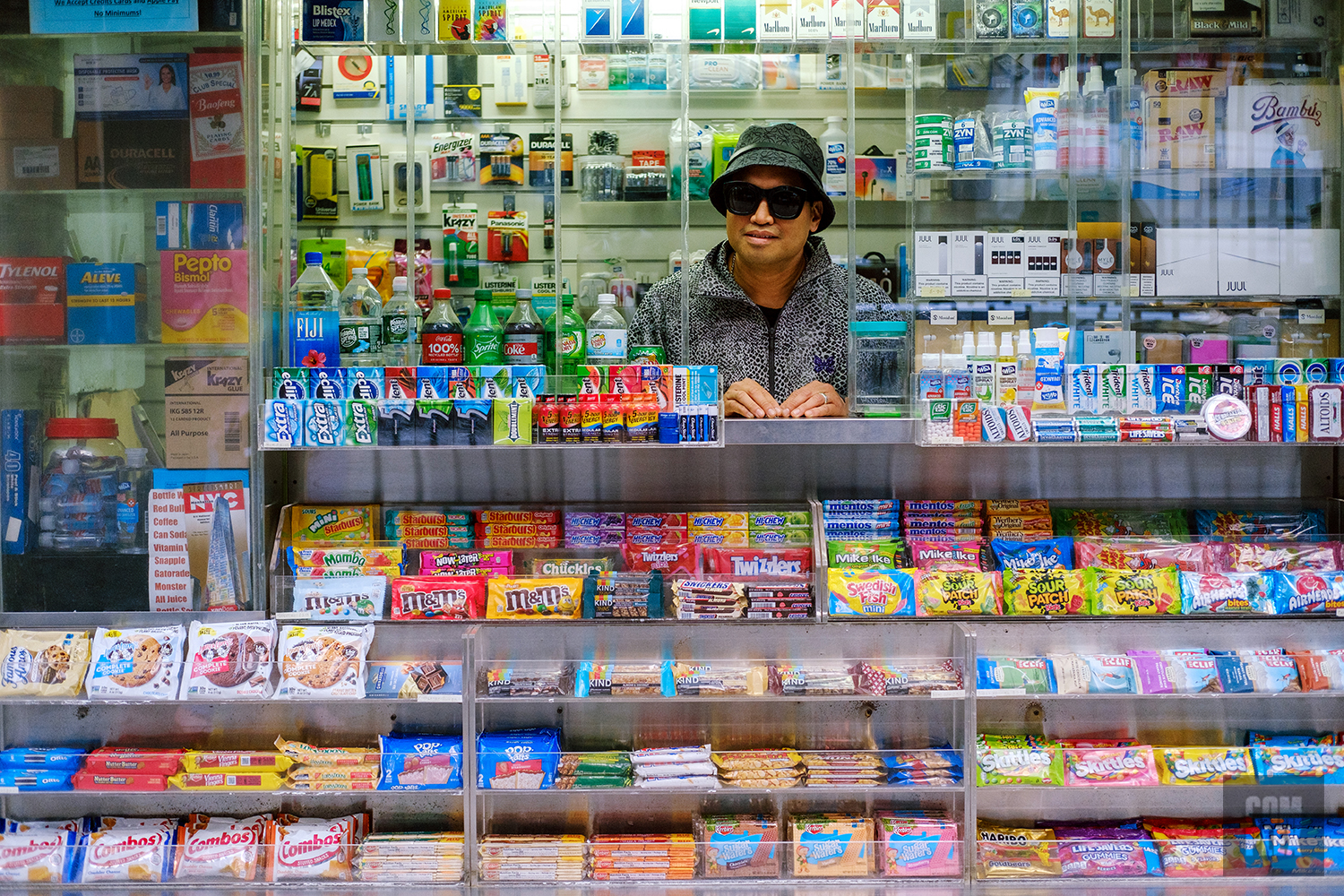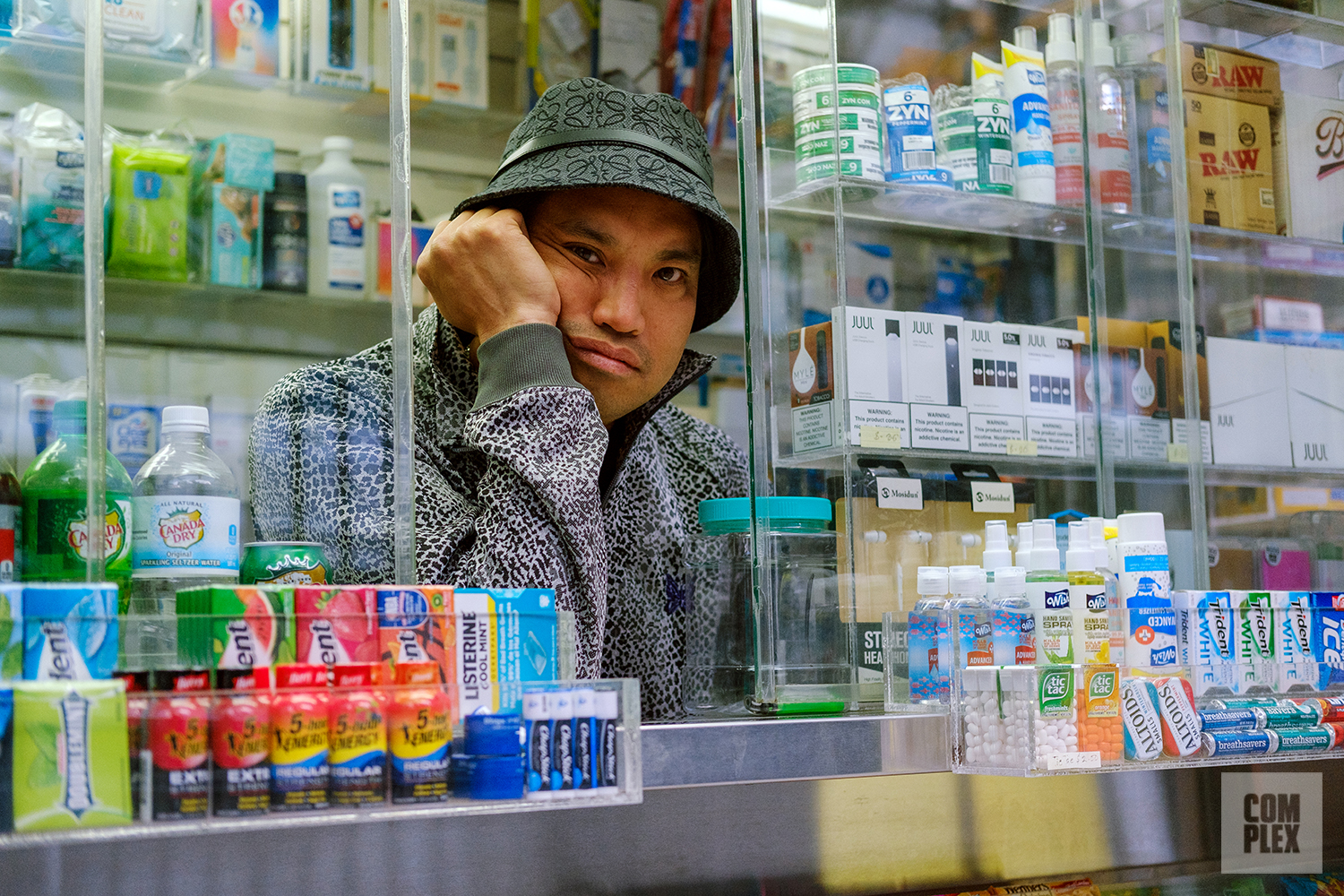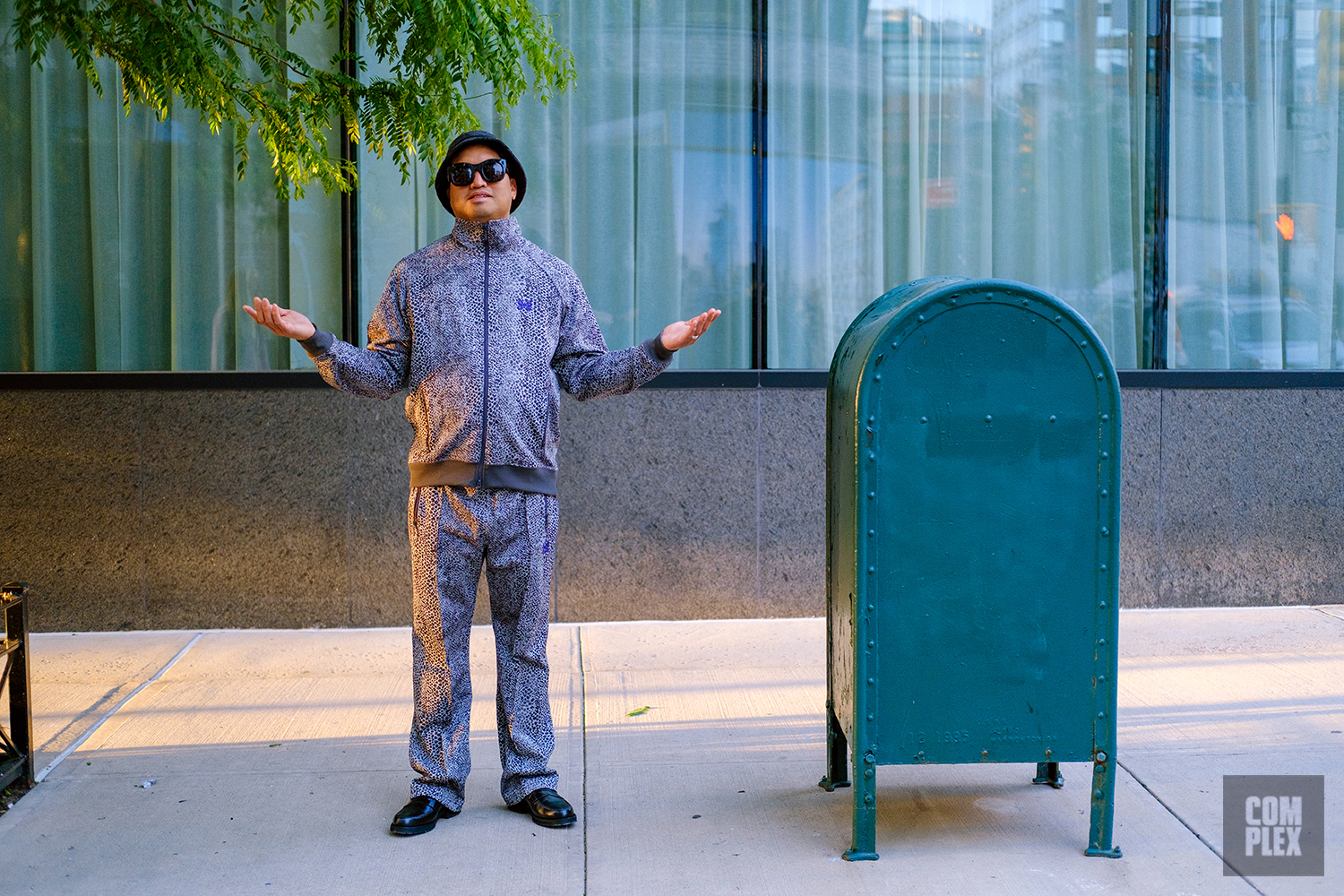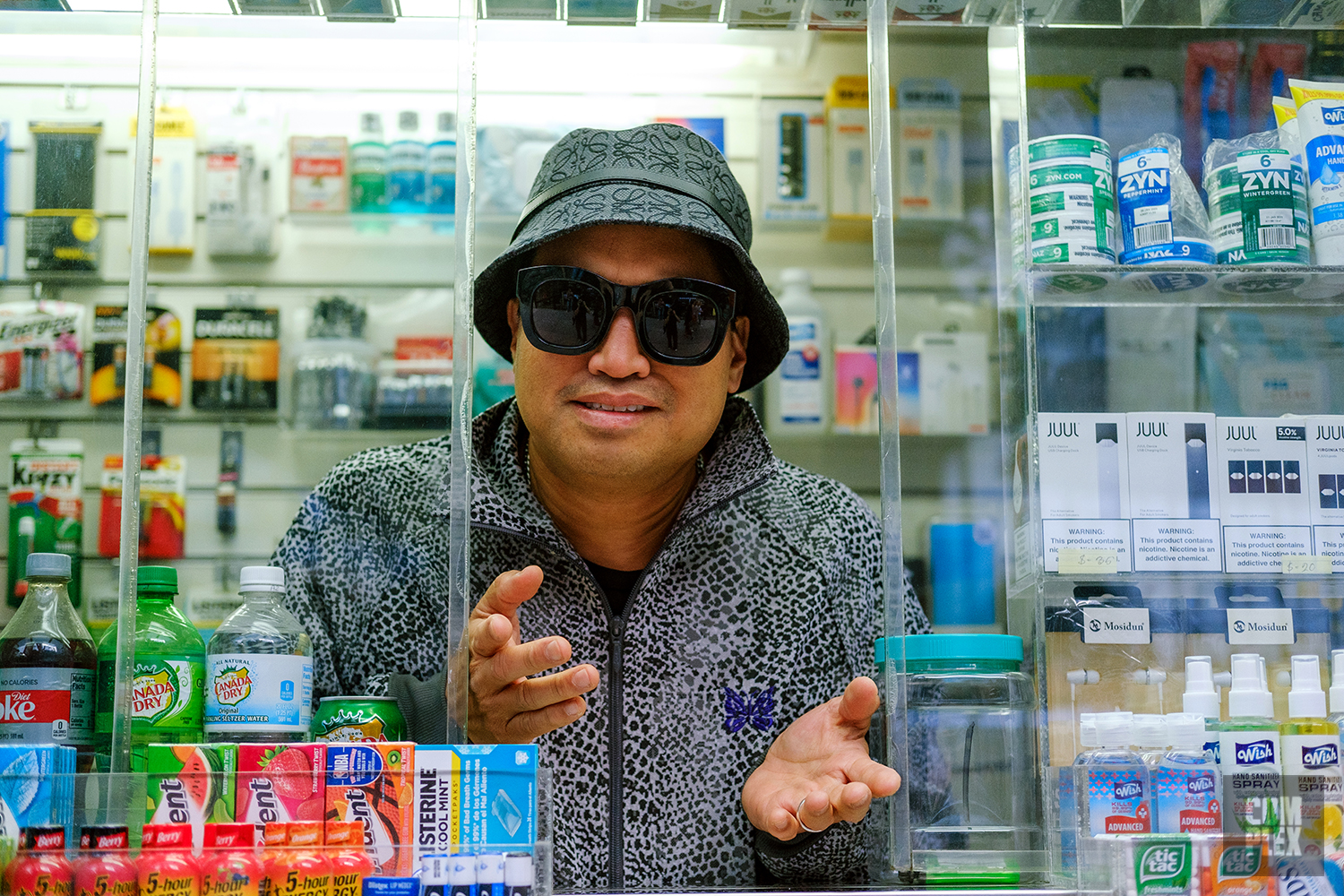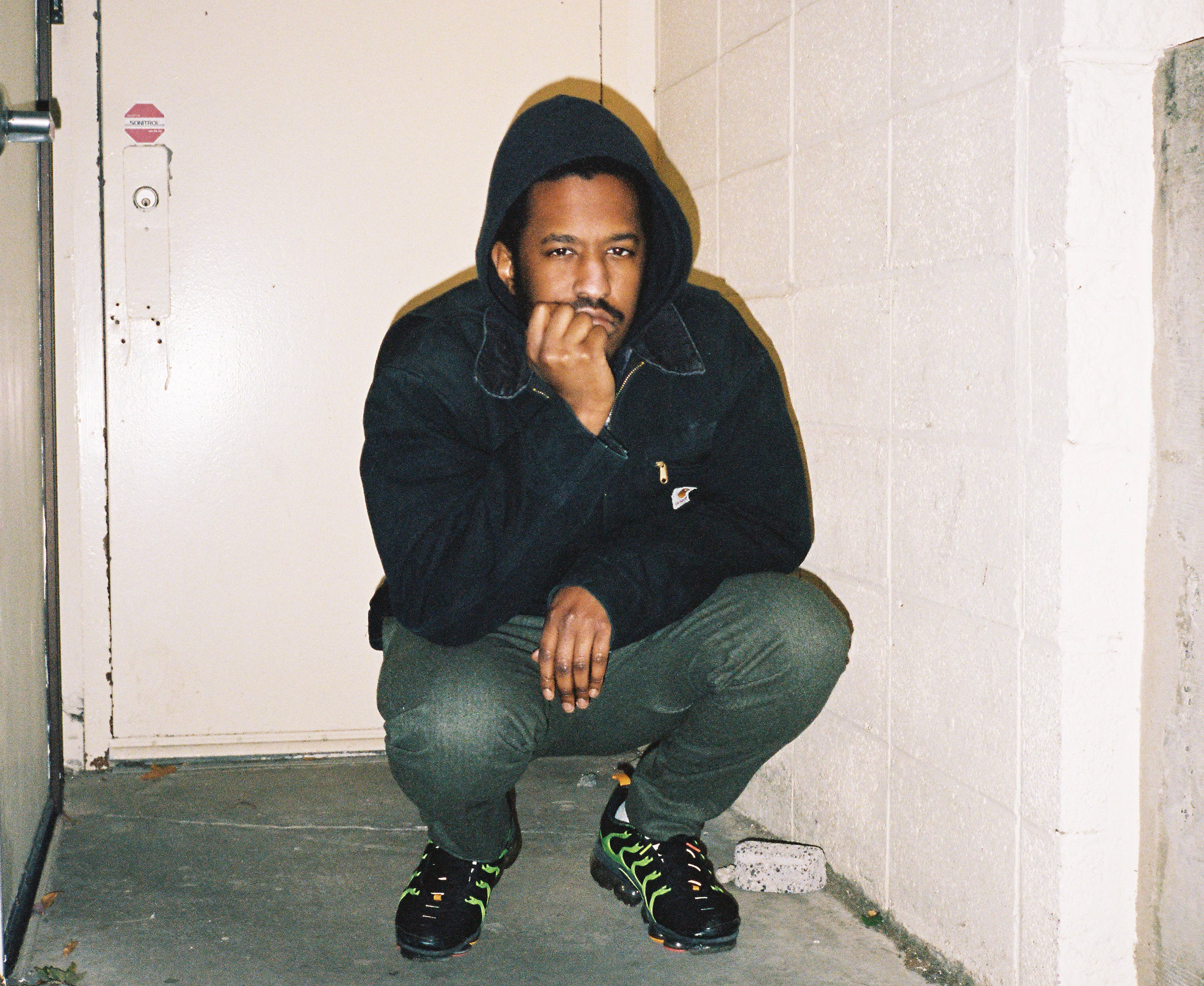
Are you from Atlanta originally?
I’m from Chicago originally.
When did you first get involved in music, or what drew you to music when you were young?
Growing up in church and being around my grandparents. The typical music-is-always-playing type shit.
Did you have any first instruments as a kid?
I always wanted to play drums, but ended up learning how to play piano later on in childhood, around 12 or 13.
What about production? Do you have a first beat you can point to?
I was in high school when I made my first beat, but I really started in college, like my freshman year when I started actually recording myself and making music, producing songs and stuff like that.
Was that in a dorm room?
You can say that, but we had a production lab at Morehouse College that we’d go in and use.
What’s the first project you recall working on professionally?
The first placement I ever got was my friend Ohana Bam, who is from Chicago as well. We went to school together and around like 2014 and 15, he was with Atlantic [Records]. And so that was like the first time I got a check from a record label.
How’d that feel?
I was like, ‘Wow, you can get money just by making shit.’ I thought it was kind of a cheat code.
I’ve looked at your resume since. Summer Walker, Baby Rose. You toured with Rose as well. Who was it you first worked with between the two?
It was Summer. I made an album, a project on my own. I sent it to every girl on my phone. One of the girls I knew worked at LVRN and showed her manager the project. That’s how it all started.
Was that common for you? Just sending your music to everyone in your phone?
I mean, I was just trying to figure out a way to make people… I guess people perceive things differently when you package them versus when you send loose files. So that was just something that I kind of just figured out early on, it’s like, packaging and presentation, at any level, is just as important.
You’ve mentioned sending Kendrick stems over text and that’s how he’d give your ideas direction. But how and when did you meet Kendrick?
It was 2020. He was interested in, sonically, [Baby Rose’s] To Myself album and where that was coming from and was kind of interested in my sound, if you will.
Did he connect with you or Rose first?
Rose.
And they had a session together? What was that like?
It was fire. Two talented songwriters, artists, unique voices.
And what did it feel like for you to spend time with Kendrick? That must have been special for the first time.
A large part of what I like about music came from his music. It was really influential for me. So the more I thought about it, the more it made sense, because I felt inspired since even the self-titled EP, you know, up to the present day. I’ve always been a fan of how creatively him and his team were able to construct albums
And what’s it like to know that you’re now part of that legacy?
I don’t know if it’s really hit me yet. Just because I’m at a different point in my life, where I’ve had to develop my own confidence even to get to this point. But it’s really humbling.
What was it like working on these tracks, were they all sent over text or did you join him in the studio at some point during the Mr. Morale sessions?
It was pretty much all remote.
And how many tracks in total?
Possibly three or four more. But I think working with him, you know, he’s really particular about not just how good it sounds, but what the meaning behind it is. It’s kind of like writing a book, you know what I mean? There’s so much good music that was created outside of what people got off the album.
You posted a text message that he sent you telling you that you made the cut on the album. Did he give you any other insight when you sent stems over?
He was just like, ‘This shit hard.’ Really excited about it. [We’d talk about] how I came to become this producer I am, my background, kind of like this interview and shit. He was just kind of regular. When you like something, you like something.
What was it like getting that text that you made the album?
It was like winning a ring. I imagine that’s what it feels like. A part of it is sport. I look at creating as a competition in a way. To be able to have made it against the thousands of ideas that were created in the process, just feels super special.
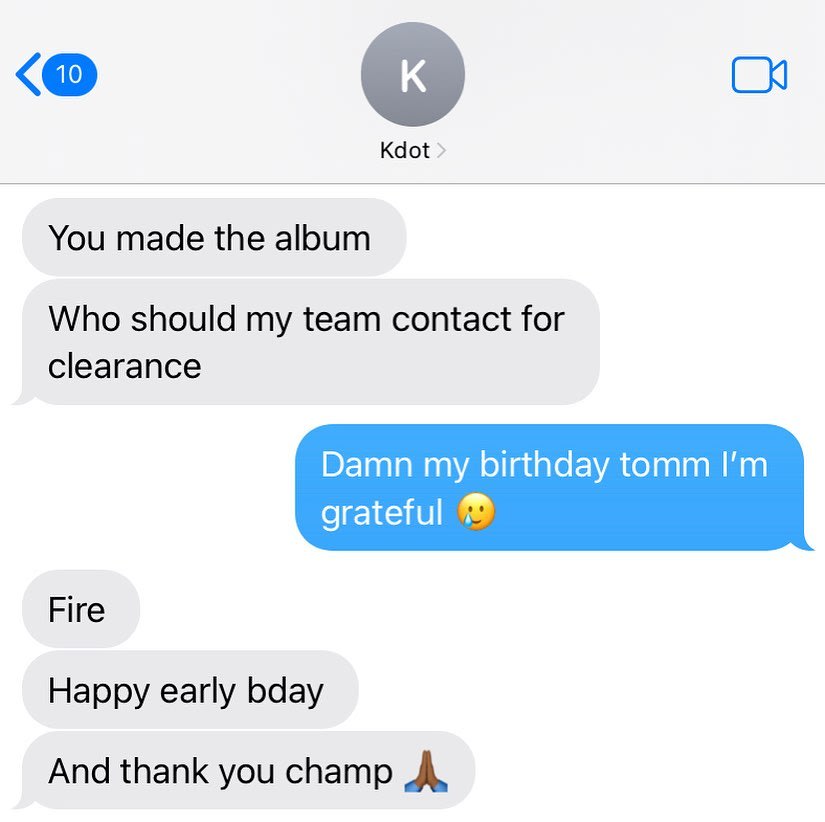
I’m sure there might be some producers reading this who always dream of working with their favorite artists. How do you manage to stay composed in a situation where you’re getting insight from somebody whose career you’ve been following and inspired by for all these years?
You just gotta remember what got you there if you’re there. If you get the opportunity to work with somebody who you really like, they respect your work as well. Just remember what your taste level is, and make things that you want to hear, that you like. Because sometimes it’s impossible to imagine. Even when somebody’s like, ‘I want something to sound like this.’ Like, it’s usually our perspective and interpretation. So it may not be exactly what they’re looking for, but just think about what you want to hear, and play it.
When you worked on this album did he give you insight into the idea of the album thematically?
No.
So you were surprised when you heard it?
Yeah. It was a synergy type of thing. These are really personal ideas that I created. And I guess it worked out. But I had no idea about the actual concept, I was just creating stuff.
Is it a special moment hearing your work interpreted in different ways?
That’s how it is for everybody. Everybody takes what their life experience is, interprets it in whatever way they interpret that. It’s special. It gives it new life.
“United In Grief” is No. 10 on the Hot 100. You mentioned something on Instagram about it not being No. 1. But do you see that for yourself in the future?
I see myself making a No. 1 record. It’s just that time.
Before we discuss your solo work, what’s the biggest lesson you learned from working with Kendrick?
Patience, intention, and creativity. Those three things are bound to make something special.
If you get the opportunity to work with somebody who you really like, they respect your work as well. Just remember what your taste level is, and make things that you want to hear, that you like.
What does the name NOT THE TWOS mean to you?
It means the one.
There’s not much info on this project. Besides the website for A Girl That Sold Drugs which I believe you said were beta versions, and are not on DSPs yet. What was your vision for this website?
I kind of had a wild summer last year where I was just kind of going out a lot. And partying a lot. And at the same time, I was interpreting what that felt like through music.
I tried to hop back into this site and now its password protected, what was the idea behind that?
Well, I’m in the midst of getting it mixed. And is this really for sharing purposes. But I’m gonna release the album on DSPs.
What did you try to prove on it?
Just kind of stepping out vocally, sonically and doing the most with three instruments. I wanted to translate from a phone or music player or whatever to a live performance. I wanted to translate really seamlessly, realistically.
How long did this take you?
A few months. I don’t try to rush. If I hear a song in my head, I’ll do it. But lately, my process of just making stuff, or just trying to find stuff, hasn’t been that consistent. I’ll wait to be inspired by anything.
What were you most inspired by while forming NOT THE TWOS?
I went on a Beatles binge. I started to realize how experimental Paul McCartney, and the Beatles were 50 years ago. It’s kind of mind blowing. A lot of the things that they were able to come up with given the technology, things that you will probably be like, ‘Oh, you could do that today,’ because you have Logic or whatever. They were doing it with instruments, like tape machines and stuff like that. That’s really tight.
So many people have heard your music for the first time via the Kendrick album before you had a chance to share this solo material, what’s that feeling like?
It’s really awesome, it’s really good music. A lot of times people don’t get the opportunity. There’s a lot of dope music in the world. And sometimes people don’t get the opportunity to discover it. But this just gives me a platform to be heard, to share myself.
Do you think it’ll be an easy transition for fans of these three tracks to jump into the LP?
Not at all. It’s hard. I think we’re just at a day where we like to listen to a whole bunch of different things. There’s certain elements in Black music that are like silver linings, you know, no matter what we do, no matter what we create.
Do you have any advice to artists looking to get the attention of their favorite MCs with their creations?
Put music out. Everybody’s the same. Everybody listens to music. Everybody is searching for inspiration. Some of these people are like our heroes, but you realize that they’re not our saviors. Like Kendrick said. They’re just regular people like you and I and are looking for inspiration. You’d be surprised by what a lot of your favorites do go through, like writer’s block, producers as well. So just get better.
What do you hope your album means to someone who either stumbles on it or finds it via Kendrick’s album?
If they’re creators like myself, I hope I’ve inspired them. Even if they’re not, I hope it’s inspiring and it’s felt. They’re real emotions.



